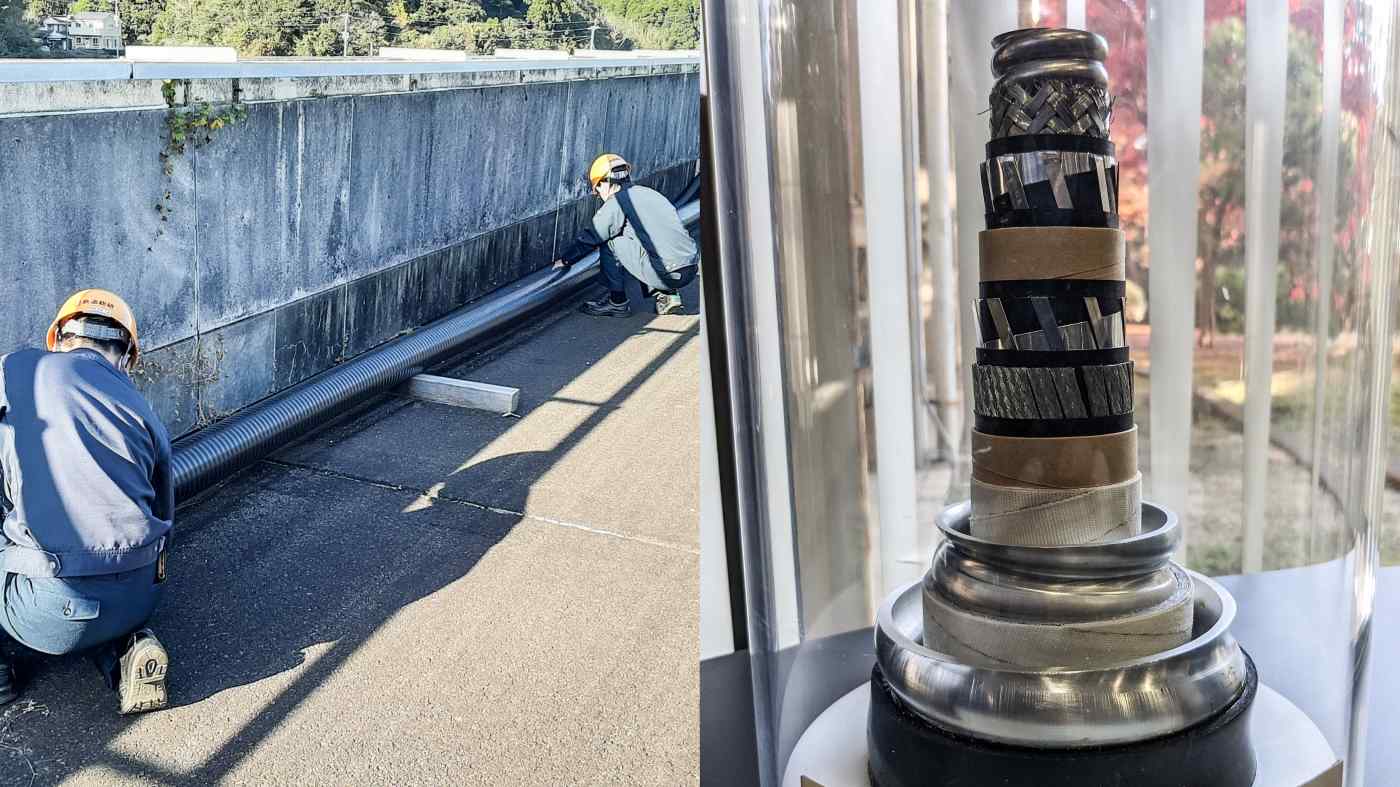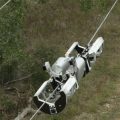
A 1.5-kilometer superconducting cable has been laid in Japan's Miyazaki Prefecture to reduce the cost of powering a section of the local railway.
According to the technical description, the longestToday, a superconducting power line can handle the 1,500 volts and several hundred amps needed to operate railroad systems. The development of the project was carried out by the Scientific Research Institute of Railway Transport, and the laying of the cable – Mitsui Mining & Smelting.
According to the Institute of Energy EconomicsJapan, annually the country's railway systemconsumes approximately 17 billion kWh of energy, 4% of which (about 700 million kWh) is lost during transmission through existing lines. Basically, losses occur when some of the electrical current is converted into heat due to resistance in the wires. In order for an ordinary metal to become a superconductor, it must be cooled with liquid helium to a temperature of -269 ° C. Therefore, the main obstacle to the implementation of this technology is high cost.
However, the development of new materials, resistancewhich drops to zero at temperatures above -196 ° C, significantly reduces operating costs and makes it possible to replace helium with cheaper liquid nitrogen. Although the need for constant cooling of the line requires additional costs, for cable lengths greater than 1 km they are offset by savings from increased efficiency of power transmission. Currently, the research institute is already working on a project with a length of more than 1.5 km.
Another advantage of superconducting cableis to reduce the number of substations needed to maintain voltage. Now, Japan spends $173,000 annually to maintain one electrical substation.
Previously, the longest was 1.2 kmsuperconducting line in Shanghai. The Japanese project will also soon lose its leadership status when Germany completes the laying of a 12-kilometer cable near Munich, which began in 2020.
In addition, China has also developed a prototypeThe world's first hybrid superconducting line for the simultaneous transmission of high voltage current and liquefied natural gas. The government is considering a project to build a 2,000-kilometer highway across the entire country.
</p>




